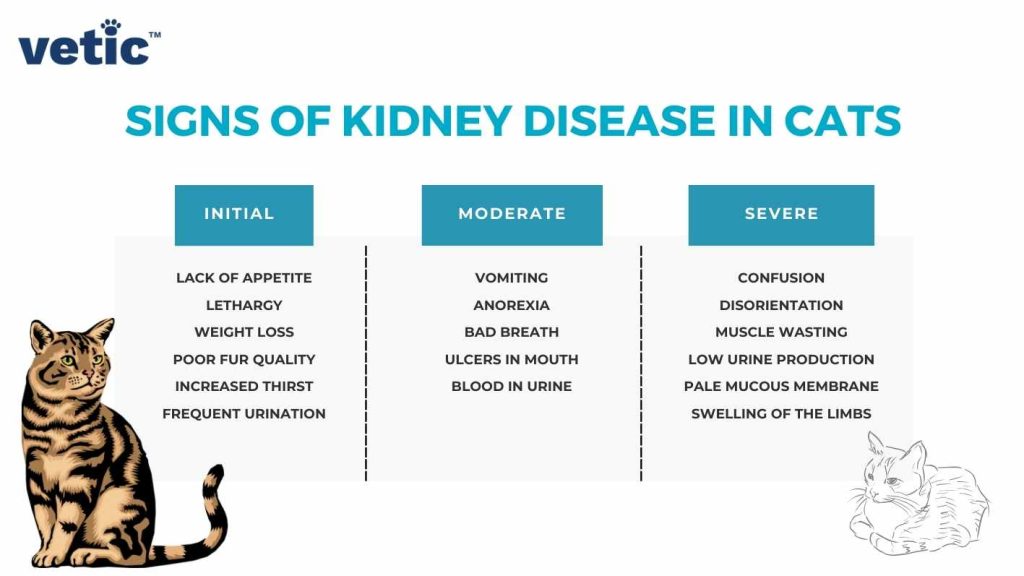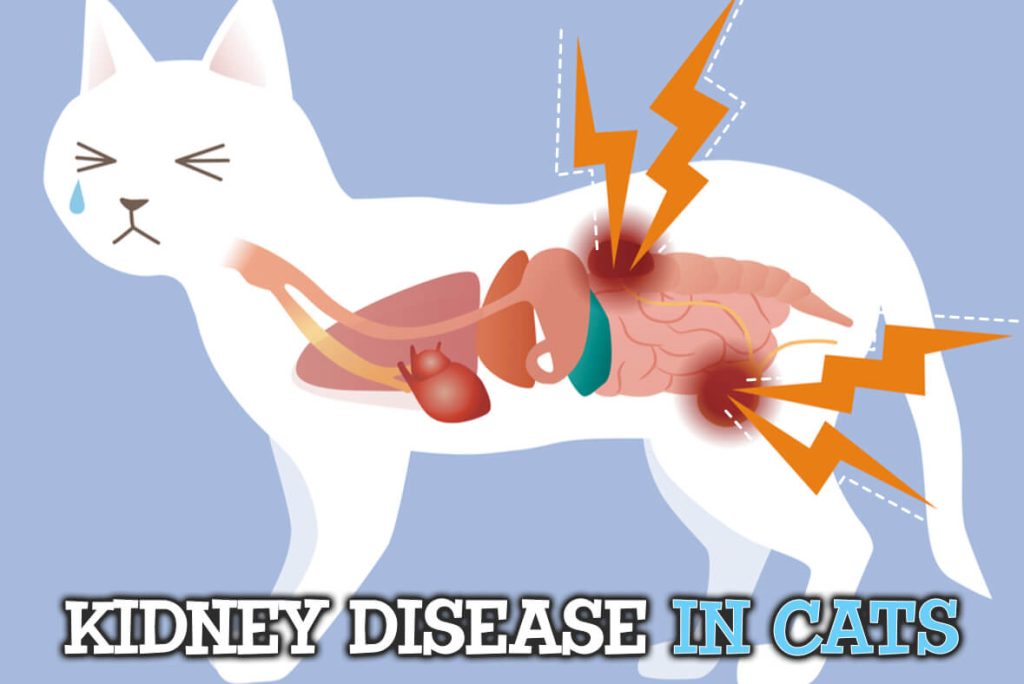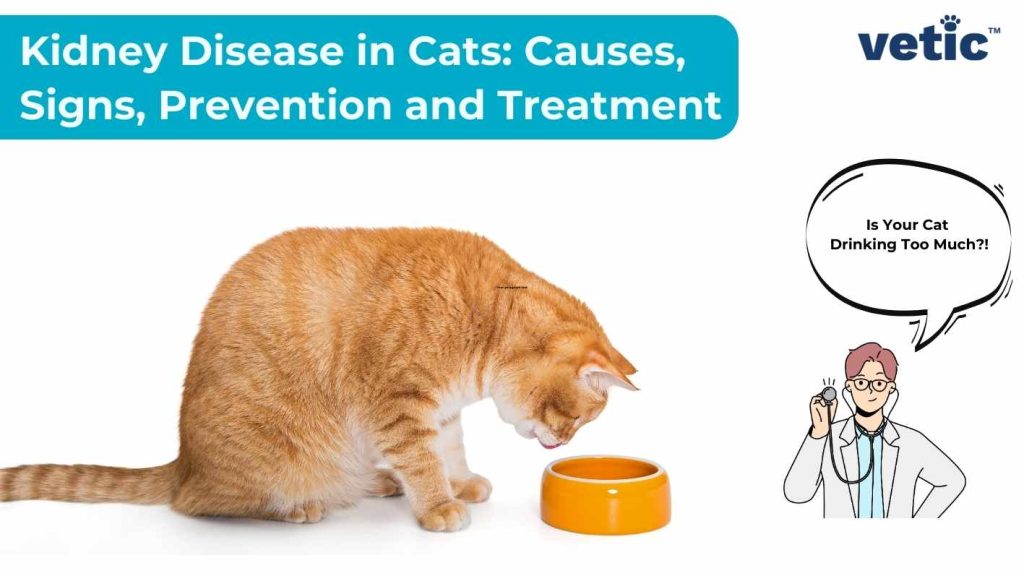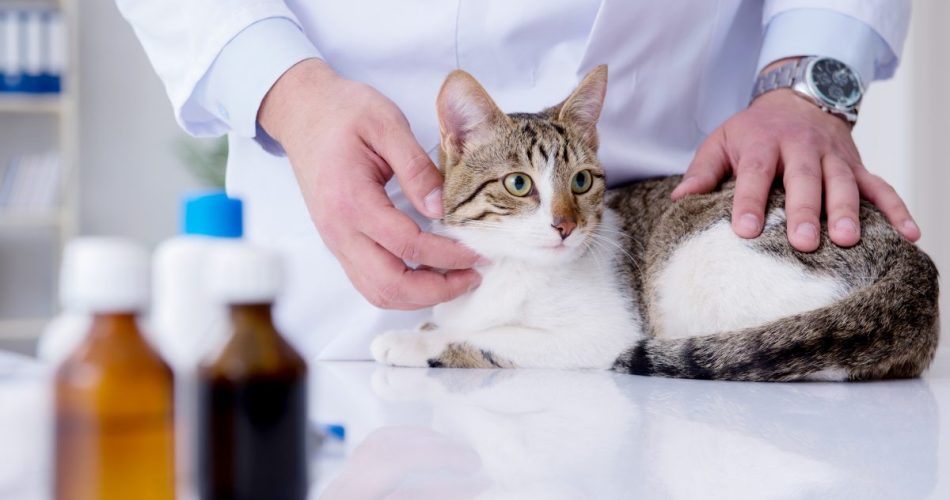Kidney disease is one of the most common health problems in cats, especially as they age. The kidneys play an essential role in filtering waste products, maintaining fluid balance, and regulating blood pressure. When the kidneys begin to fail, they can no longer perform these critical functions, leading to a buildup of toxins in the body. Early detection of kidney disease in cats can greatly improve their quality of life and help slow the progression of the disease. In this post, we’ll discuss the early signs of kidney disease in cats that you should not ignore.
Understanding Kidney Disease in Cats
Kidney disease in cats can be divided into two main types: acute kidney disease and chronic kidney disease (CKD). Acute kidney disease occurs suddenly and is usually triggered by factors such as infections, toxins, or trauma. Chronic kidney disease, on the other hand, develops gradually over time and is more common in older cats. Chronic kidney disease often progresses without noticeable symptoms in the early stages, which is why it’s important to be aware of the subtle signs that could indicate the disease.

Early Signs of Kidney Disease in Cats
The early signs of kidney disease can be hard to spot, as cats are masters at hiding discomfort. However, there are certain changes you may notice in your cat’s behavior, habits, and physical condition that could point to kidney problems.
Increased thirst and urination are some of the first signs of kidney disease. As the kidneys start to lose function, your cat may drink more water than usual and urinate more frequently. This is because the kidneys are no longer able to efficiently filter and concentrate urine, causing your cat to lose more water than normal. If you notice your cat drinking excessively or using the litter box more than usual, it’s worth investigating further.
Another early sign of kidney disease is a loss of appetite and weight loss. As toxins build up in the bloodstream, cats with kidney disease may feel nauseous and lose interest in food. This can lead to noticeable weight loss over time, especially if your cat is not eating as much as usual. Keep an eye on your cat’s eating habits, and if you notice they are not eating enough or have dropped weight, it could be a sign of kidney issues.
Vomiting and diarrhea are common symptoms in cats with kidney disease. The buildup of toxins in the blood, a condition known as uremia, can irritate the digestive system, leading to frequent vomiting and sometimes diarrhea. Dehydration can worsen these symptoms, creating a vicious cycle that can be hard to break. If your cat is vomiting regularly or has diarrhea along with other signs, kidney disease should be considered.
Lethargy and weakness are also signs of kidney disease that can appear early on. Cats with kidney disease often become more tired and less active, spending more time sleeping or resting than usual. They may seem uninterested in their favorite activities or toys. This is because the body is struggling to eliminate toxins, which can leave your cat feeling drained. If your cat seems unusually tired, sluggish, or weak, it could be an indication of kidney problems.

Bad breath is another sign that often accompanies kidney disease. As the kidneys fail to filter toxins, substances like urea build up in the bloodstream and are eventually released through the cat’s breath. This leads to a foul, ammonia-like odor. If your cat’s breath suddenly becomes unusually strong or unpleasant, it may be due to kidney disease.
In addition to bad breath, kidney disease can cause changes in your cat’s coat condition. Cats with kidney problems may have dull, dry, or unkempt fur. This is often a result of dehydration and the inability of the kidneys to maintain proper hydration levels. A healthy, hydrated cat will typically have a soft, shiny coat, so if your cat’s fur seems to lose its luster or becomes flaky, it could be a sign of kidney disease. Dehydration may also be noticeable when you check your cat’s skin. If you gently pinch the skin on the back of the neck and it doesn’t snap back quickly, this may indicate dehydration, which is a common issue in cats with kidney disease.
Changes in behavior can also be an early warning sign. Cats are creatures of habit, and if your cat suddenly becomes more withdrawn, irritable, or starts hiding more than usual, it may be due to discomfort or illness. Kidney disease can cause pain and nausea, which might lead to changes in your cat’s behavior. If your cat is acting out of character, it’s worth taking a closer look at their overall health.
Risk Factors for Kidney Disease in Cats
While kidney disease can affect any cat, there are certain factors that increase the risk. Age is one of the biggest risk factors. Chronic kidney disease is more common in older cats, especially those over the age of 7. Additionally, some breeds are more predisposed to kidney problems, including Persians, Siamese, and Abyssinians. Cats with a history of kidney infections or trauma to the kidneys are also at higher risk.
Cats that are prone to dehydration, such as those that drink little water or are fed primarily dry food, may be more likely to develop kidney disease. High blood pressure and kidney damage caused by conditions like diabetes can also contribute to kidney problems. If your cat has any of these risk factors, it’s even more important to be vigilant about the early signs of kidney disease.

What to Do if You Notice Early Signs
If you notice any of the early signs of kidney disease in your cat, it’s important to take action right away. Schedule a visit to the veterinarian for a thorough examination. Your vet will perform blood and urine tests to assess kidney function and may recommend imaging like an ultrasound to evaluate the condition of the kidneys. Early detection is crucial in managing kidney disease, and treatment can help slow its progression and improve your cat’s quality of life.
Treatment for kidney disease often involves dietary changes, medications to control symptoms, and fluid therapy to help with hydration. Your veterinarian may suggest a special kidney-friendly diet that supports kidney function and reduces the buildup of toxins. In some cases, your cat may need subcutaneous fluids to maintain hydration. Managing kidney disease requires a combination of treatments and ongoing monitoring, so regular vet check-ups will be essential.
Conclusion
Kidney disease is a serious but manageable condition in cats, and early detection is the key to maintaining your cat’s health and comfort. If you notice any of the early signs of kidney disease, such as increased thirst, loss of appetite, vomiting, lethargy, or changes in behavior, it’s important to consult your vet as soon as possible. By paying attention to your cat’s habits and seeking veterinary care early, you can help ensure your feline companion receives the treatment they need and enjoy a longer, healthier life.
